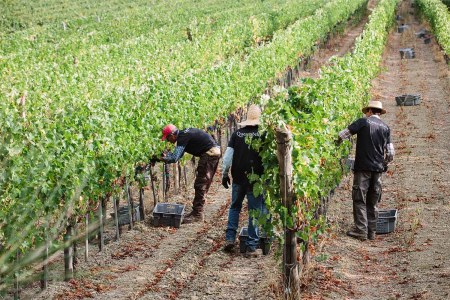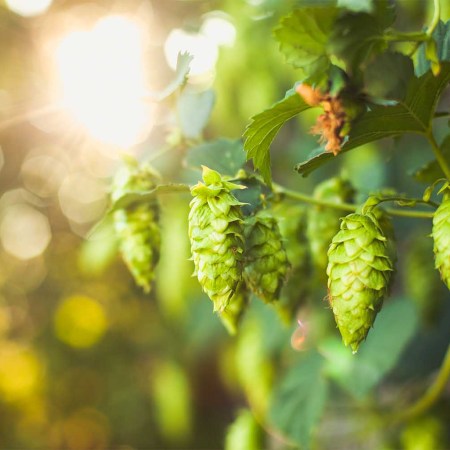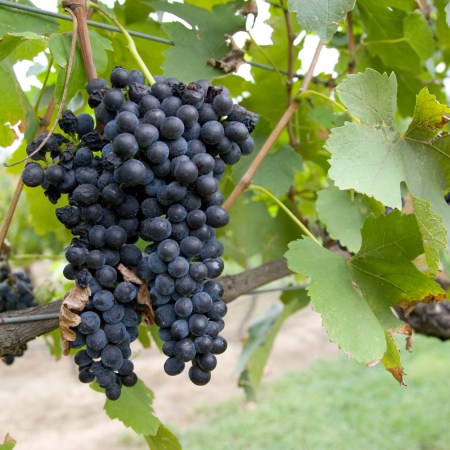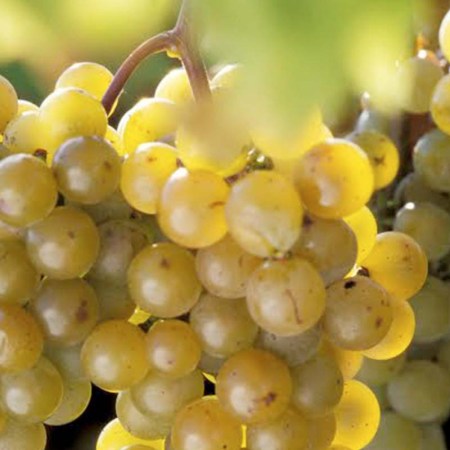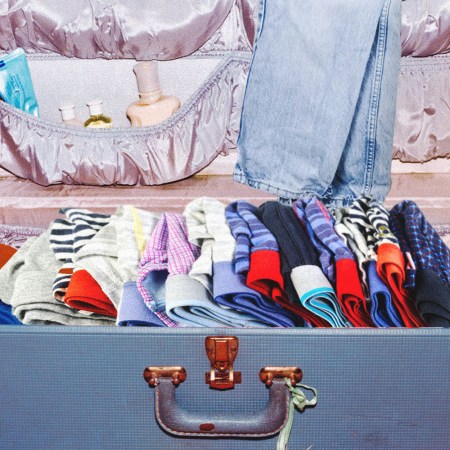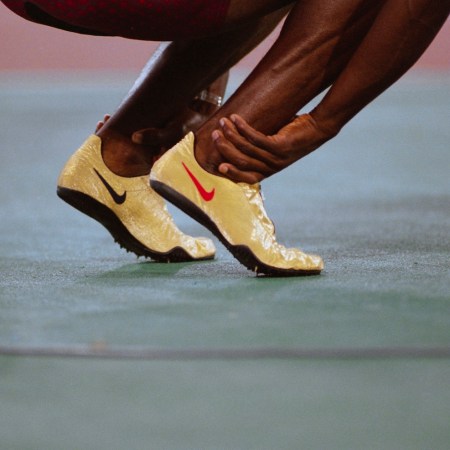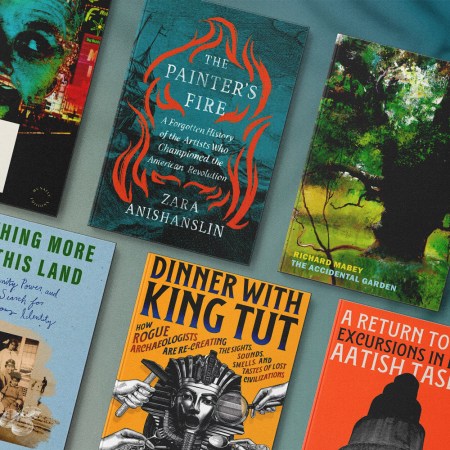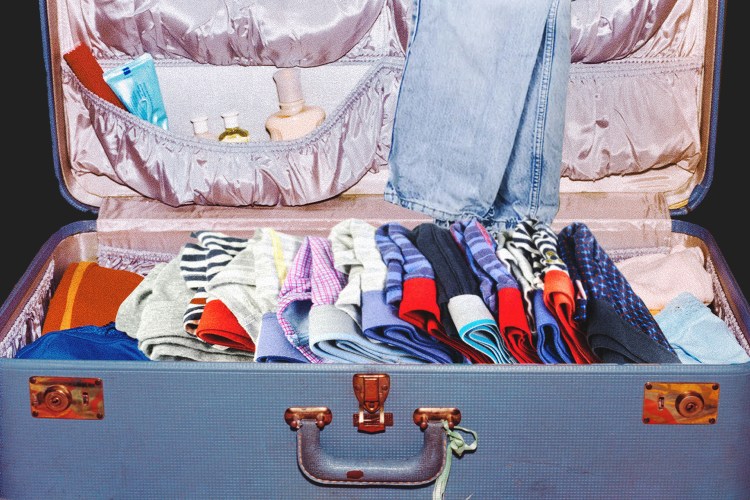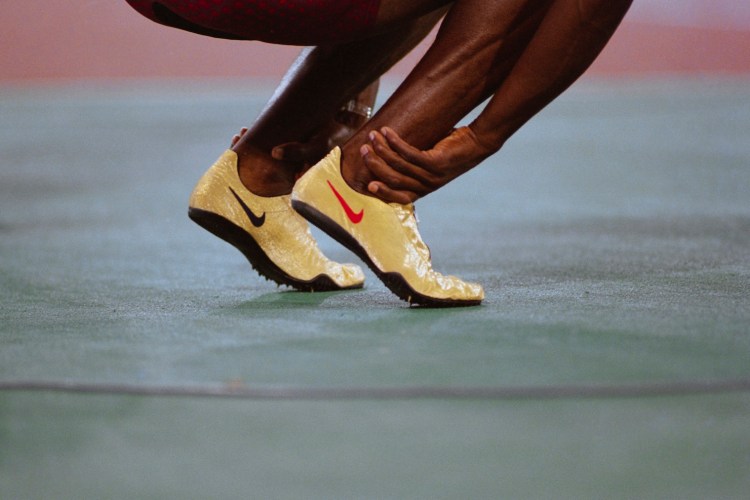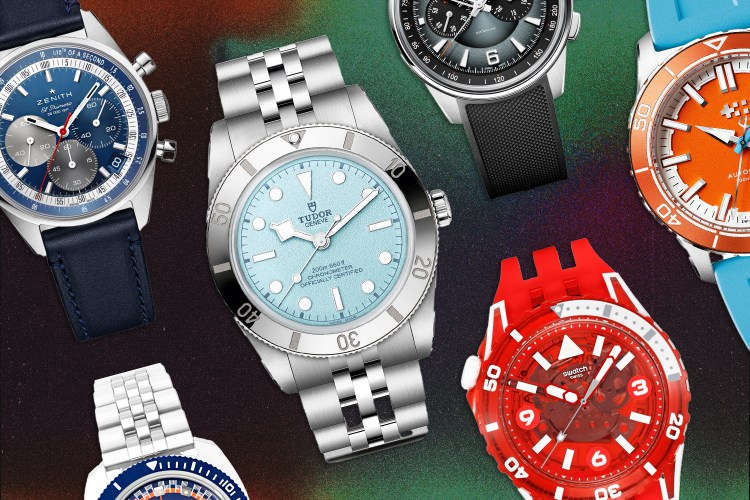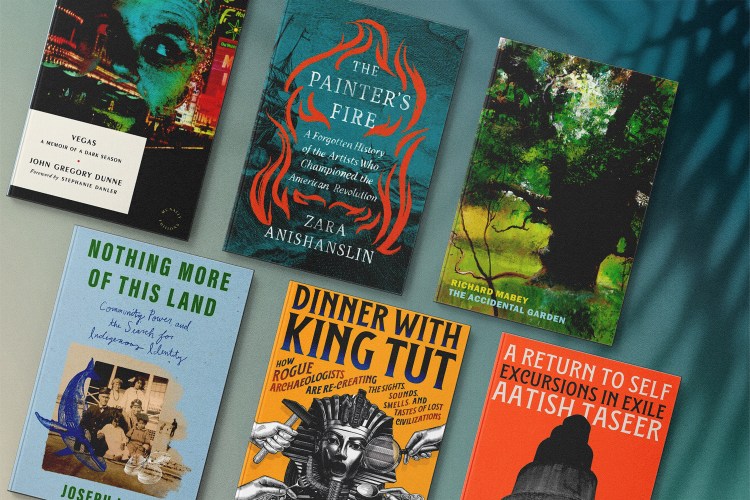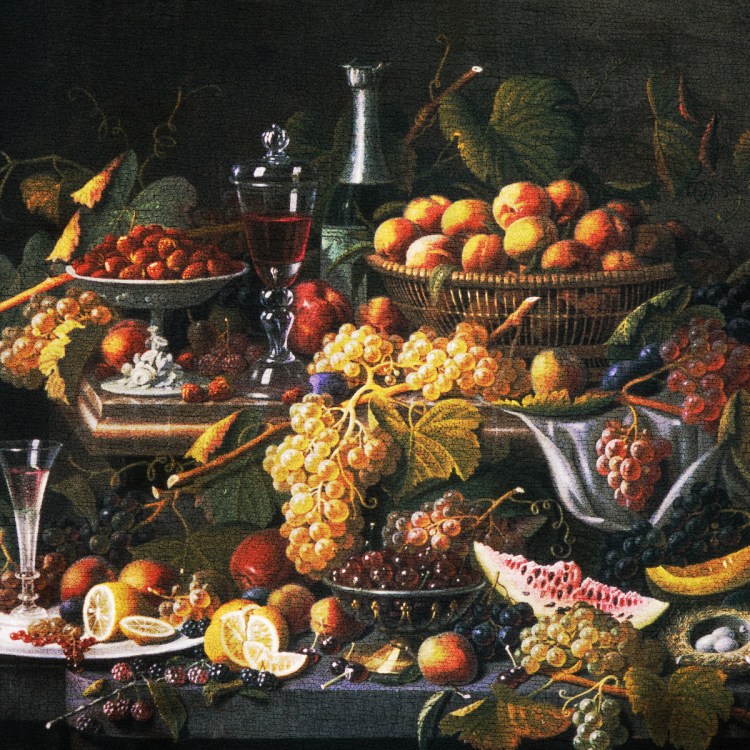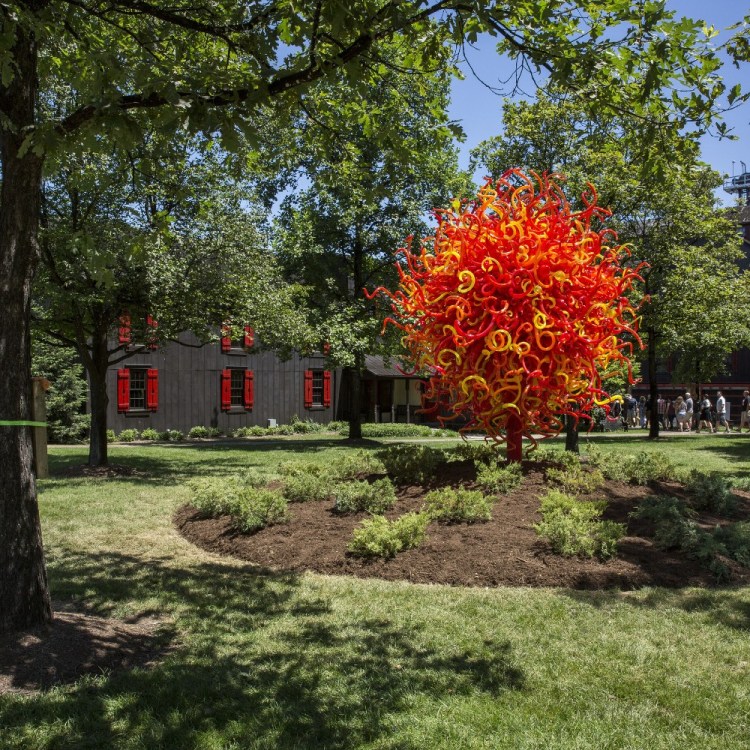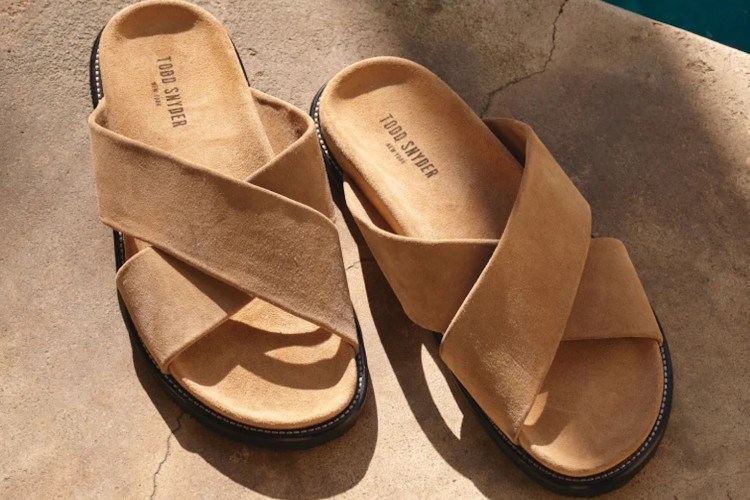When wine lovers want an eco-friendly wine, they typically reach for an organic or biodynamic bottle. While it’s true that grapes farmed and produced without toxic chemicals are arguably healthier for the environment and your body, it doesn’t mean they automatically have a lower carbon footprint. How that wine is shipped from the winery to your glass, as it turns out, almost invariably determines just how environmentally responsible it is.
“Packaging and transportation represents at least 40% of a wine bottle’s carbon footprint,” says Marta Mondonca, manager of the Porto Protocol Foundation, which recently issued a large-scale report that breaks down the impact of bottle weight and packaging on a wine’s carbon footprint. “We look at several measurements, including data from the IWCA [International Wineries for Climate Action], California’s Wine Institute and Wine Australia. There are 32 billion bottles of wine produced every year. We are hoping to work with our 250 members to significantly reduce the carbon footprint of packaging and shipping.”
Indeed, the shipping industry as a whole is as essential for international trade — how else would we get that fabulous Frappato? — as it is detrimental to the environment. The industry is responsible for around 3% of all global emissions, according to the advocacy group Transport & Energy. By 2050, that number is expected to rise to 10%. Thankfully, a cohort of wineries and organizations have emerged with a variety of solutions designed to make your red, white and rosé greener.
To Save the Wine Industry, We’ll Need Human Intervention
How vineyards are embracing some unexpected technology and a more hands-on approach to combat climate changeConsolidating Logistics
One way to quickly slash carbon is by reinventing the supply chain. Nicolas Quillé, chief winemaking and operations officer for the Napa-based Crimson Wine Group, has made that a central focus as a member of IWCA, which is actively working toward net zero greenhouse gas emissions by 2050. But it’s no easy task. While Crimson is based in Napa, it stewards six wine estates and brands producing 400,000 cases annually from Walla Walla, Washington, to California’s Central Coast. When Crimson joined IWCA in 2021, they set out to complete a greenhouse gas emissions inventory across all of their operations, Quillé explains.
The results of the study prompted Crimson to consolidate its production and distribution efforts. “We have implemented several measures, including using the same wine bottle across all SKUs and brands, which offers carbon savings in many areas, such as cardboard and inserts,” he says. “We also reduced the number of facilities and transportation runs, began using lightweight bottles and sourced materials for our bottles and packaging locally.”
Before streamlining the shipping process, Crimson shipped glass to Washington for bottling at Seven Hills. Bottled wines were then trucked back to California to be distributed. Now, they ship wine from wineries in bulk, bottle it and distribute it out. “We no longer ship empty glass,” Quillé says. “Within a two-mile radius, we now have bottling, production and our DTC fulfillment center.”
While Crimson has not isolated the impact of the reduction in trucking into a data set, it’s calculated that the reduction in bottle weight across the board by 17% between 2018 and 2023 has resulted in carbon savings that are equivalent to removing 633,000 miles driven by gas-powered cars annually.

Large-Scale Shipping
Pivoting from shipping wine in bottles to shipping wine in bulk is another way large wine groups and individual wineries are boosting wine quality and simultaneously slashing carbon. At Domaine Bousquet in Mendoza, Argentina, co-owner Labid Ameri says they began shipping bulk in 2006 when they shipped liquid for Bag-in-Box wine to Finland. The program has grown enormously in the decades since.
“We have essentially been shipping bulk and bottling in Europe with Greencroft Bottling since 2021,” Ameri says. “In 2019, we started bulk-shipping in the U.S. with the Natural Origins Bag-in-Box line, as well as their entry-level portfolio.”
Tony Cleary, CEO and owner of the Lanchester Group in Lanchester, U.K., has spearheaded an aggressive sustainability push at all seven of the companies under the Group’s umbrella, including wine importer Lanchester Wines and contract wine bottler Greencroft Bottling. Lanchester Wines imports about 70% of its portfolio in bulk. Aside from premium Champagne, Rioja and other brands, that means about 24 million liters of wine are brought in bulk annually, the equivalent of 32 million bottles.
Bulk shipping can move considerably more wine than wines pre-packaged in bottles, and that automatically makes for a lower carbon footprint. A 20-foot container with 13,700 bottles equals 9,900 liters of wine, whereas a 20-foot container with one Flexitank equals 24,000 liters of wine.
“A bulk shipping container can transport 2.5 times more wine per container, and shipping wine in bulk reduces carbon emissions by up to 38%,” Cleary says. “That equates to 2 kilograms of carbon per kilometers traveled. In 2023, this saved Greencroft Bottling’s customers around 124.5 million kilograms of carbon during transport from global ports to our home in County Durham.” That savings is roughly analogous to the annual carbon footprint of 7,780 Americans.
Bulk shipping can also boost wine quality. “Long journeys of up to nine weeks can expose bottled wine to extreme temperature variations, from seven degrees Celsius to 32 degrees Celsius [45 to 90 degrees Fahrenheit],” Cleary adds. “But the large volume of wine in Flexitanks reduces temperature fluctuations and preserves the wine’s quality.”
Ameri agrees, noting that bulk shipping boosts quality, saves energy and costs less. “It reduces packaging costs and allows higher volume shipments within the same space,” he says.
Once the wines arrive in bulk, they are packaged by Greencroft, which is currently in expansion mode and on target to become the country’s most sustainable wine bottling plant, powered by renewable wind and solar. Once the expansion is complete, Greencroft will have the capacity to bottle 400 million liters a year, or around 28% of all wine sold in the U.K. The green power initiatives — which include using wind turbines and solar power, geothermal heat pumps and battery energy storage — save an estimated 100 million kilograms of carbon emissions over their lifetimes, equal to the annual carbon footprint of 200,000 U.K. homes.
Cleary says that the obsession with sustainability is all about paying it forward for the planet and, ultimately, his business. “Younger generations, who are our future customers, prioritize sustainability,” he says. “It’s essential for our long-term success.”

Sail Away
Shipping — even in bulk — is notoriously carbon-intensive, accounting (as mentioned above) for close to 3% of annual global carbon emissions, according to the International Maritime Association. (It should be noted, though, that maritime transportation is the greenest solution we’ve got: it’s three times less carbon intensive than rail transport, 13 times less intensive than trucking and 74 times less intensive than air transport.)
More wineries and companies are working together for greener solutions. Grain de Sail, born in 2012 in Brittany, France, has emerged as the first commercial way to harness the power of wind to ship luxury goods (including wine) and reignite sail transportation for the 21st century, explains export director Pierre Maruzzi. After years of theorizing and raising capital, the first shipment set sail in 2020.
The premise is simple, but the execution is complex: a crew of four uses a steel-hulled schooner to ship cargo from France to New York by sail, unload said cargo in New York, pick up medical supplies, head to the Dominican Republic to drop off essential medical supplies, pick up cocoa and coffee, and then head back to France. Rinse and repeat across stormy and calm seas.
“In the first shipment, we delivered 20,000 bottles of wine,” Maruzzi says. “We made sure we kept conditions temperature controlled, with insulation, an air exchange system and renewable energy powered air conditioning when necessary.” While some diesel is employed, the first few years of tracking usage amounted to 95% less than the average cargo ship, which can burn well over 200 tons per day, he explains. Twenty-thousand bottles of wine for a shipment is great, but it’s a drop in the ocean compared to the 32 billion produced annually.
“We are in the process of scaling up,” Maruzzi says. “We now have a ship that is 10 times bigger than our first one. We had to make sure it was feasible and then scale up. Now, we can ship 200,000 bottles in one trip, and because this ship is faster, we can get to the U.S. from France, down to the Caribbean and back to France in 56 days.”
They are currently building a third vessel that will be ready to hit the water. And yes, it’s bigger: it could ship two million bottles.
Rémy Cointreau is also ready to set sail. In line with its goals of reaching net zero in 2050, the group signed an agreement in 2023 with Neoline to ship 250,000 bottles per year from France to the United States by sailboat, starting in 2025. The publicly and privately funded Neoliner ship is 136 meters long, with two 76-meter-high SolidSail folding carbon masts. The loading capacity is 1,200 linear meters, with a maximum weight of 5,300 tons of goods.
At the global, sustainably-focused Champagne Telmont that is under Rémy Cointreau’s umbrella, CEO Ludovic du Plessis says that shipping via sail is an essential extension of the brand’s commitment to the earth. (Currently, 70 hectares of the total 100 under vine are certified organic and the rest are in conversion; Telmont also eliminated gift boxes and heavy bottles and now uses the lightest Champagne bottle available; the atelier in Damery is run on 100% renewable energy, and all tractors use biofuel.)
“We banned airfreight in June of 2021,” du Plessis says. “The first departure on Neoline is planned for the summer of 2025, and it will reduce the environmental footprint of transatlantic transport by up to 90%, thanks to the clean and renewable energy of wind.”
Shipping green, ultimately, is more than a do-the-right-thing proposition. It’s about doing the smart thing. People want to support brands that ship products sustainably. More than half (51%) of consumers surveyed by third-party logistics company Radial said they’re pay more for things that are shipped sustainably, up from 15% in December of 2023. And more than three-quarters (77%) are willing to wait longer.
There are no simple and easy solutions, even when there appear to be. Remember carbon offsetting? Turns out the seemingly simple “take a flight, plant a tree” swap is doing little if anything to resolve the climate crisis. Instead, effecting real change requires time, planning and often a serious investment.
Join America's Fastest Growing Spirits Newsletter THE SPILL. Unlock all the reviews, recipes and revelry — and get 15% off award-winning La Tierra de Acre Mezcal.

